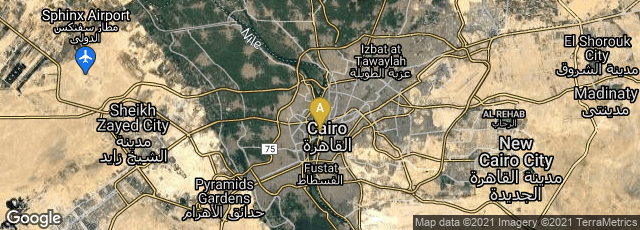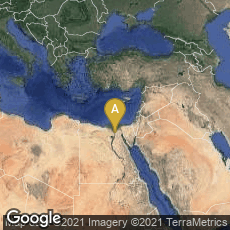

Abū ʿAlī al-Ḥasan ibn al-Ḥasan ibn al-Haytham (أبو علي، الحسن بن الحسن بن الهيثم), frequently referred to as Ibn al-Haytham (Arabic: ابن الهيثم, known in the west as Alhazen, built the first camera obscura or pinhole camera—significant in the history of optics, photography, and the history of art.
In his Book of Optics, written in Cairo between 1012 and 1021, Ibn al-Haytham used the term “Al-Bayt al-Muthlim", translated into English as "dark room."
"In the experiment he undertook, in order to establish that light travels in time and with speed, he says: 'If the hole was covered with a curtain and the curtain was taken off, the light traveling from the hole to the opposite wall will consume time.' He reiterated the same experience when he established that light travels in straight lines. A revealing experiment introduced the camera obscura in studies of the half-moon shape of the sun's image during eclipses which he observed on the wall opposite a small hole made in the window shutters. In his famous essay 'On the form of the Eclipse' (Maqalah-fi-Surat-al-Kosuf) he commented on his observation 'The image of the sun at the time of the eclipse, unless it is total, demonstrates that when its light passes through a narrow, round hole and is cast on a plane opposite to the hole it takes on the form of a moon-sickle'.
"In his experiment of the sun light he extended his observation of the penetration of light through the pinhole to conclude that when the sun light reaches and penetrates the hole it makes a conic shape at the points meeting at the pinhole, forming later another conic shape reverse to the first one on the opposite wall in the dark room. This happens when sun light diverges from point “ﺍ” until it reaches an aperture and is projected through it onto a screen at the luminous spot. Since the distance between the aperture and the screen is insignificant in comparison to the distance between the aperture and the sun, the divergence of sunlight after going through the aperture should be insignificant. In other words, should be about equal to. However, it is observed to be much greater when the paths of the rays which form the extremities of are retraced in the reverse direction, it is found that they meet at a point outside the aperture and then diverge again toward the sun as illustrated in figure 1. This an early accurate description of the Camera Obscura phenomenon."
"In 13th-century England Roger Bacon described the use of a camera obscura for the safe observation of solar eclipses. Its potential as a drawing aid may have been familiar to artists by as early as the 15th century; Leonardo da Vinci (1452-1519 AD) described camera obscura in Codex Atlanticus. . . .
"The Dutch Masters, such as Johannes Vermeer, who were hired as painters in the 17th century, were known for their magnificent attention to detail. It has been widely speculated that they made use of such a camera, but the extent of their use by artists at this period remains a matter of considerable controversy, recently revived by the Hockney-Falco thesis. The term "camera obscura" was first used by the German astronomer Johannes Kepler in 1604.
"Early models were large; comprising either a whole darkened room or a tent (as employed by Johannes Kepler). By the 18th century, following developments by Robert Boyle and Robert Hooke, more easily portable models became available. These were extensively used by amateur artists while on their travels, but they were also employed by professionals, including Paul Sandby, Canaletto and Joshua Reynolds, whose camera (disguised as a book) is now in the Science Museum (London). Such cameras were later adapted by Louis Daguerre and William Fox Talbot for creating the first photographs" (Wikipedia article on Camera obscura, accessed 04-24-2009).